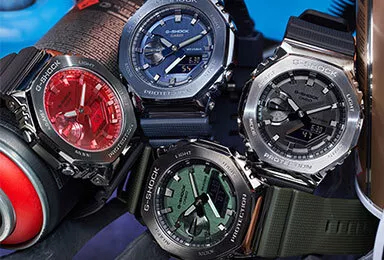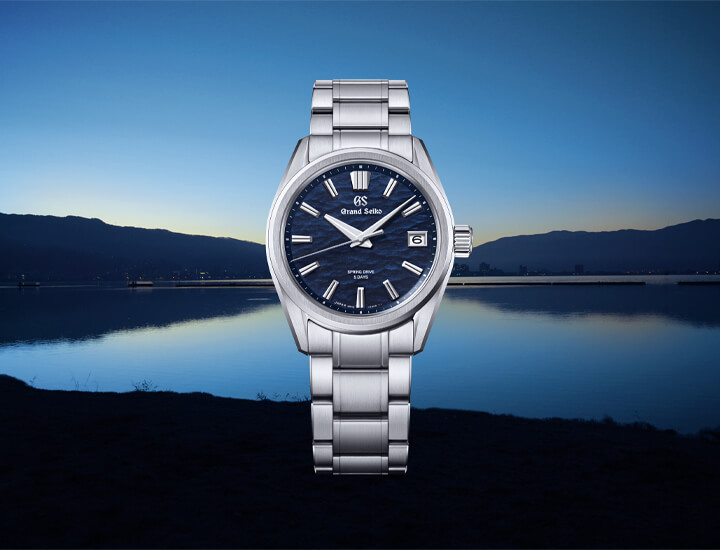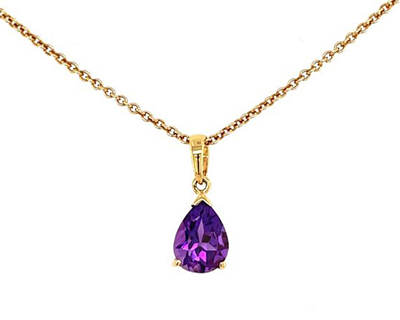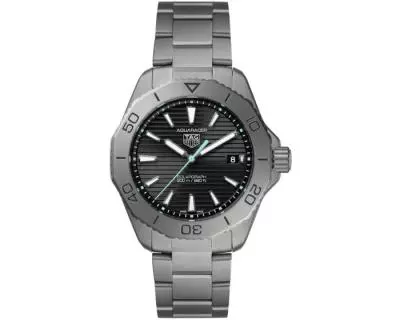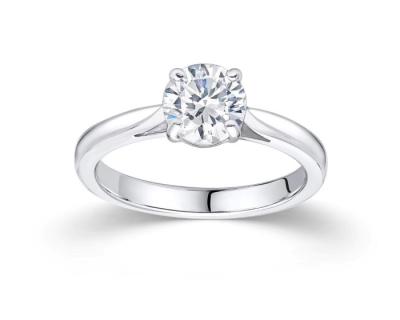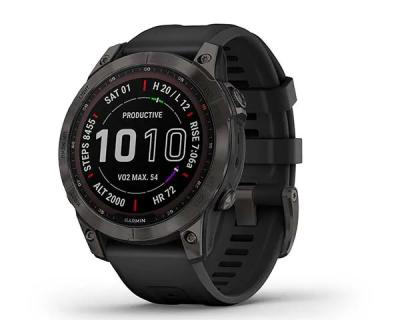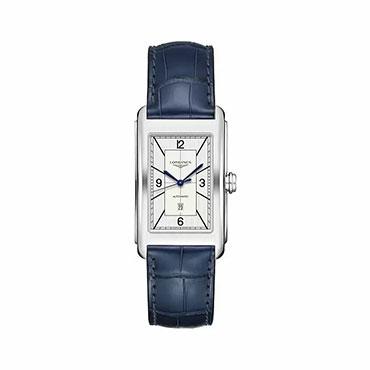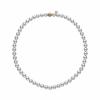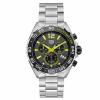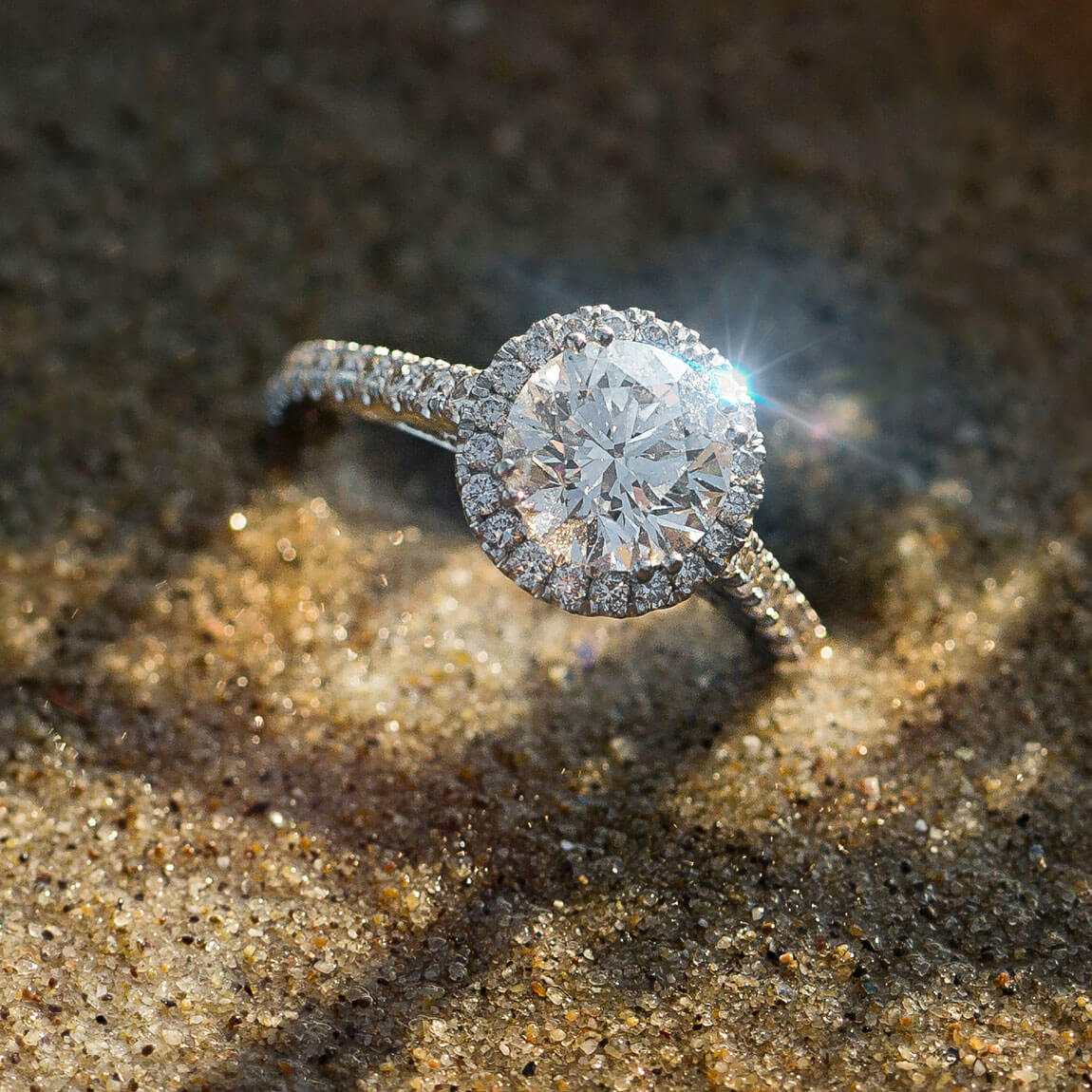Blog
How much should you spend on an engagement ring?
Feeling overwhelmed with all the engagement ring choices and their price tags? Rest assured, decidin...
Our Top Casio G-SHOCK Watches for Men in 2024
G-SHOCK transformed the watch industry with its groundbreaking toughness concept back in 1981. Proje...
Grand Seiko Movements: A Complete Guide
Three unique movements lie at the heart of Grand Seiko: the Caliber 9F Quartz, Caliber 9S Mechanical...
Birthstone Jewellery for Every Month
Stylish birthstone jewellery is more in demand than ever. People choose to wear their birthstones fo...
TAG Heuer Aquaracer Professional 200 Solargraph in Titanium Review
Launched at the first big watch event of 2023, LVMH Watch Week in Singapore, TAG Heuer has unveiled ...
Lab Grown Diamonds – the New Wave of Diamonds?
When Meghan Markle stepped out in a pair of Lab Grown Diamond earrings in 2019, it was an indicator ...
Garmin Fenix 7 Review – The Best of Garmin yet
The Fenix series has always represented the best of Garmin and the Fenix 7 is no exception. Packed f...
12 of the Deepest Dive Watches
The requirement to dive anywhere near 1000m is something that is unlikely to come your way, but that...
Garmin Fenix 6 Pro vs Garmin Marq Watch Adventurer GPS Smartwatch
The Garmin smartwatches are some of the best in class, combining the very latest in wearable technol...
Leather or metal watch band: which one should you choose?
When it comes to picking your next wristwatch, you will be inundated with different brands, features...



